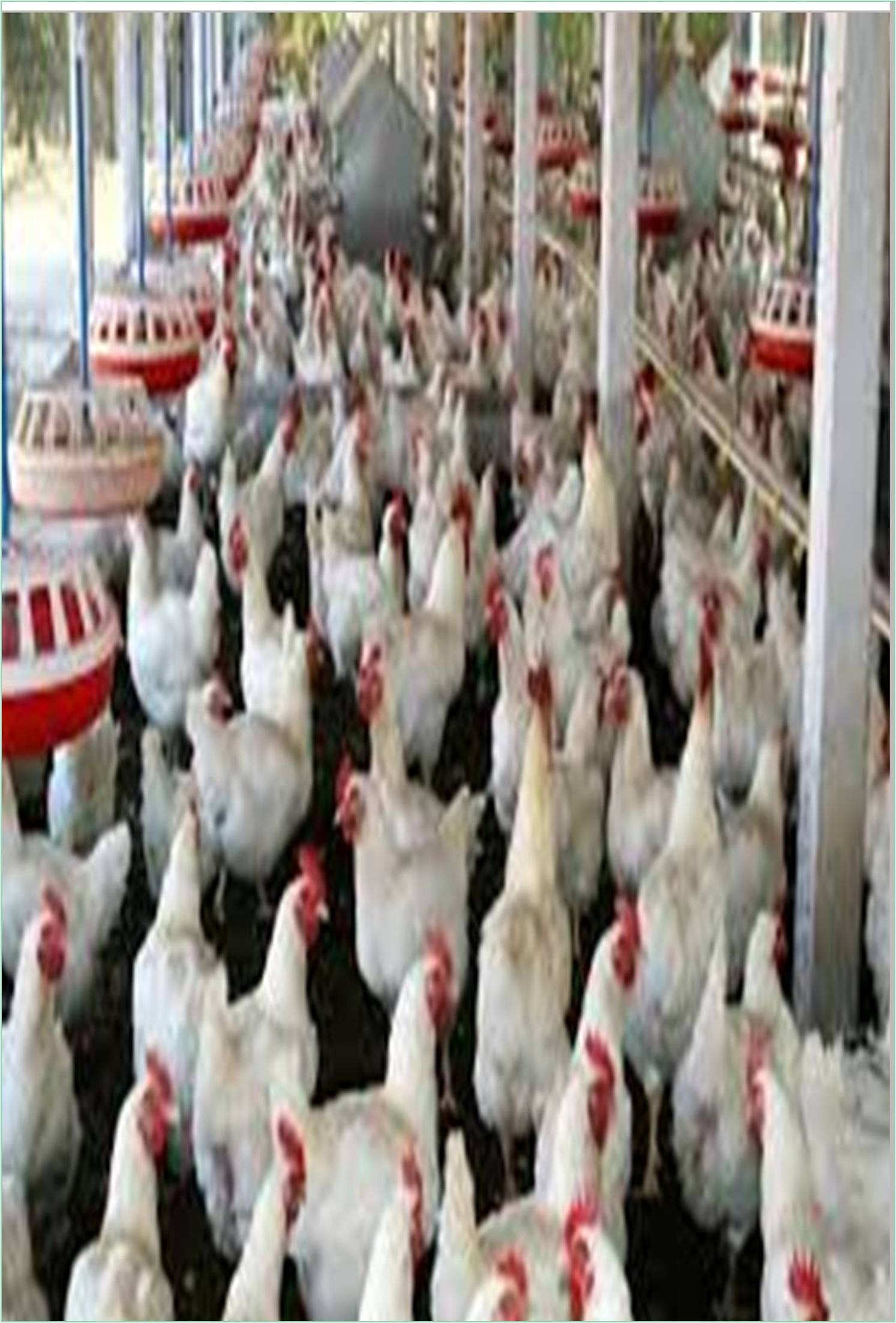



Received: 01-Dec-2022, Manuscript No. GJPFV-22-82983; Editor assigned: 05-Dec-2022, Pre QC No. GJPFV-22-82983 (PQ); Reviewed: 26-Dec-2022, QC No. GJPFV-22-82983; Revised: 02-Jan-2023, Manuscript No. GJPFV-22-82983 (R); Published: 09-Jan-2023, DOI: 10.15651/2449-1772.23.10.065
Eggs are a popular food among customers all over the world since they are one of the most economical forms of animal protein. In fact, eggs have a monopoly on the commercial markets in many nations. However, when eggshell quality declines, eggshells become more readily shattered and the cost of producing laying eggs rises with each stage. Most significantly, it has been found that as laying hen’s age, the frequency of damaged and thinshelled eggs increases and the pace of egg production decreases. Therefore, it is crucial for both biological and economic reasons to understand how the transcriptome regulation of eggshell quality changes as we age. Furthermore, a consumer's higher risk of contracting a foodborne illness is directly correlated with the degradation of eggshell quality. However, the precise molecular mechanisms governing eggshell quality in elderly laying hens have not yet been identified, nor have any possible regulatory genes. The majority of earlier studies have concentrated on structural, genomic, transcriptomic, and proteomic analysis of eggshells. The eggshell gland is where laying hens manufacture their eggshells (a part of the reproductive system). Domestic laying hens are also frequently used to simulate human illnesses, particularly those that affect the reproductive system. Similar to ovarian cancer in hens, ovarian cancer in women is associated to ageing, and some aggressive ovarian tumors in women are caused by cells in the oviduct. It is crucial to comprehend the transcriptome of the laying hens shell gland in order to enhance eggshell quality and gather knowledge that could be applied to the prevention of disease in humans and animal products. In order to identify potential candidate genes and biological mechanisms underpinning age-related variation in chicken eggshell quality, we employed RNA sequencing (RNA-seq) technology to examine the shell gland epithelia of young and elderly hens.
Over the past few years, there has been a lot of focus on long non-coding RNAs (LncRNAs), which are RNAs with length > 200 nt and are not translated into proteins. They are present in both the cytoplasm and the nucleus. LncRNAs play a variety of roles in disease and cell and molecular biology, including cancer, the immune system, and disorders of the nervous and cardiovascular systems, cell cycle control, cell differentiation, X chromosome inactivation, genomic imprinting, transcriptional regulation, and epigenetic control. LncRNA are important regulatory molecules because they can control target genes in both cis and trans. Trans-acting lncRNAs can control the expression of transcripts at distal chromosomal loci, whereas cis-acting lncRNAs affect the expression of target genes at nearby genomic loci. Numerous studies have emphasised the crucial functions of lncRNAs in the development of various organs and tissue types. For instance, the results presented here suggest that the lncRNAs MHM and MHM may play a role in controlling gonadal development and embryonic growth. Loss of lncRNA MHM expression in males may lead to reduced expression of the DMRT1 gene in the testis, while loss of lncRNA MHM expression in hens may result in asymmetric ovarian development. It is still unknown if and how the shell gland impacts egg quality at various stages of laying hen development. Little is known about the biological role and importance of lncRNAs in the development of the shell gland in laying hens, despite the fact that it is the essential organ linked to eggshell creation and egg quality. In order to find associated mRNAs, lncRNAs, and pathways, we conducted a transcriptome analysis of the shell gland in old and young laying chickens for this work. We obtained both lncRNAs and mRNAs from broken or full RNA samples in order to compare the entire transcriptomes of mature and immature chicken shell glands at previously unheard-of depths. Then, the bioinformatics studies of the differentially expressed (DE)-lncRNAs were used to predict cis- and trans-target genes and to build networks of lncRNA-mRNA co-expression interactions. Next, functional analyses using Gene Ontology (GO) and the Kyoto Encyclopedia of Genes and Genomes (KEGG) were carried out to examine the related functions of Differentially Expressed Genes (DEGs). The identification of only crucial genes and pathways pertinent to the two age groups studied for shell gland development, according to our hypothesis, would result from this strategy. The information derived from these predictions can be applied in future investigations of lncRNA activity during the development of the chicken shell gland at various ages. In this way, the current study offers predictions about the interactions between lncRNAs and mRNAs.